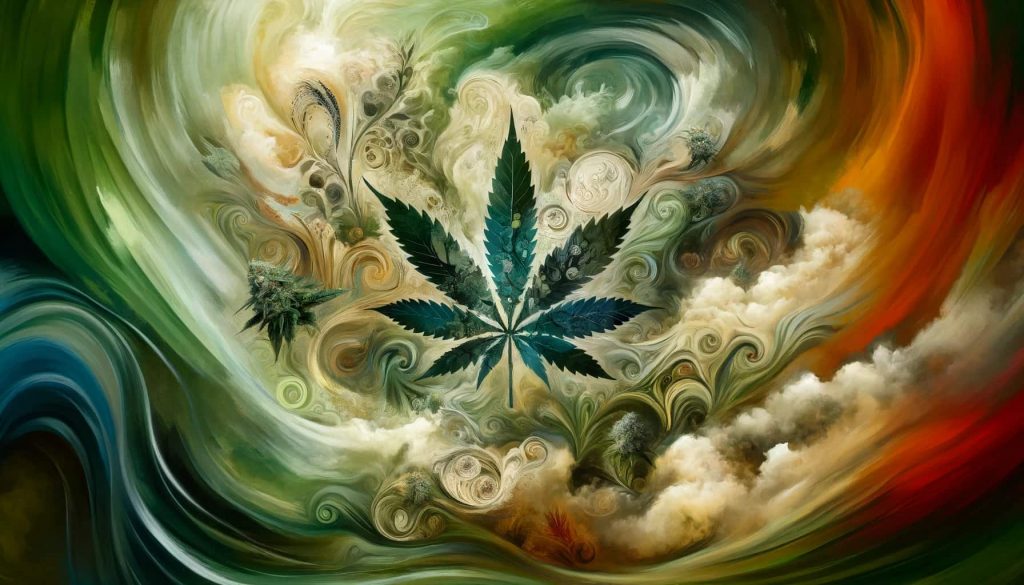Cannabis in Art and Culture

Cannabis, a plant with a rich history dating back thousands of years, has deeply intertwined itself with various aspects of human culture. From ancient rituals to modern countercultural movements, cannabis has left its mark on art, literature, music, and more. In this article, we delve into the multifaceted relationship between cannabis and the realms of art and culture, exploring its historical significance, artistic representations, and contemporary impact.
Historical Context of Cannabis
Cannabis has been utilized for its psychoactive and medicinal properties for millennia, with evidence of its use dating back to ancient civilizations such as China, India, and Egypt.
In many cultures, it held sacred status, being incorporated into religious rituals and spiritual practices. Its historical significance is evident in archaeological findings, ancient texts, and artwork, showcasing the plant’s role in shaping cultural identities and beliefs.
Artistic Representations
Throughout history, artists have been inspired by the plant, depicting its cultivation, consumption, and symbolism in various forms of visual art. From ancient pottery adorned with motifs to Renaissance paintings featuring hemp cultivation, the plant has been a recurring motif in artistic expression.
Artists such as Vincent van Gogh and Pablo Picasso are among those who have depicted cannabis and its effects in their works, reflecting the plant’s presence in society and its influence on creative minds.
Literary References
Cannabis has also found its way into the pages of literature, with numerous authors incorporating its use and symbolism into their works. It has been portrayed from the poetic verses of ancient poets to the prose of modern novelists
Writers like Jack Kerouac and Hunter S. Thompson have explored the highs and lows of cannabis use, capturing its essence within the broader narrative of human experience.
Cannabis in Music
Music and cannabis share a long-standing relationship, with the plant often serving as a muse for musicians across genres. From jazz and reggae to rock and hip-hop, cannabis references can be found in
- song lyrics,
- album artwork, and
- the culture surrounding music scenes.
Artists like Bob Marley, The Beatles, and Snoop Dogg are synonymous with the culture, their music serving as anthems for generations of enthusiasts.
Cannabis in Film and Television
In the realm of film and television, the plant has been both celebrated and stigmatized. This way, reflecting shifting societal attitudes and legal frameworks. From Cheech and Chong’s comedic exploits to thought-provoking documentaries, it has been portrayed in various cinematic contexts, shaping audience perceptions and sparking dialogue on its cultural significance.
Cannabis and Counterculture
Cannabis has played a central role in countercultural movements, challenging societal norms and advocating for social change. From the beatniks of the 1950s to the hippies of the 1960s and beyond, it became a symbol of rebellion and liberation. It fueled artistic expression and activism against the status quo.
Contemporary Perspectives
In today’s world, it continues to evolve alongside shifts in culture, technology, and politics. With growing acceptance and legalization in many parts of the world, weed has become increasingly integrated into mainstream culture, inspiring new forms of artistic expression and cultural discourse.
Conclusion
The relationship between cannabis and art and culture is complex and multifaceted, reflecting the plant’s enduring influence on human creativity, spirituality, and social dynamics. As attitudes toward cannabis continue to evolve, its role in shaping artistic expression and cultural identity will undoubtedly remain a topic of fascination and exploration for generations to come.
